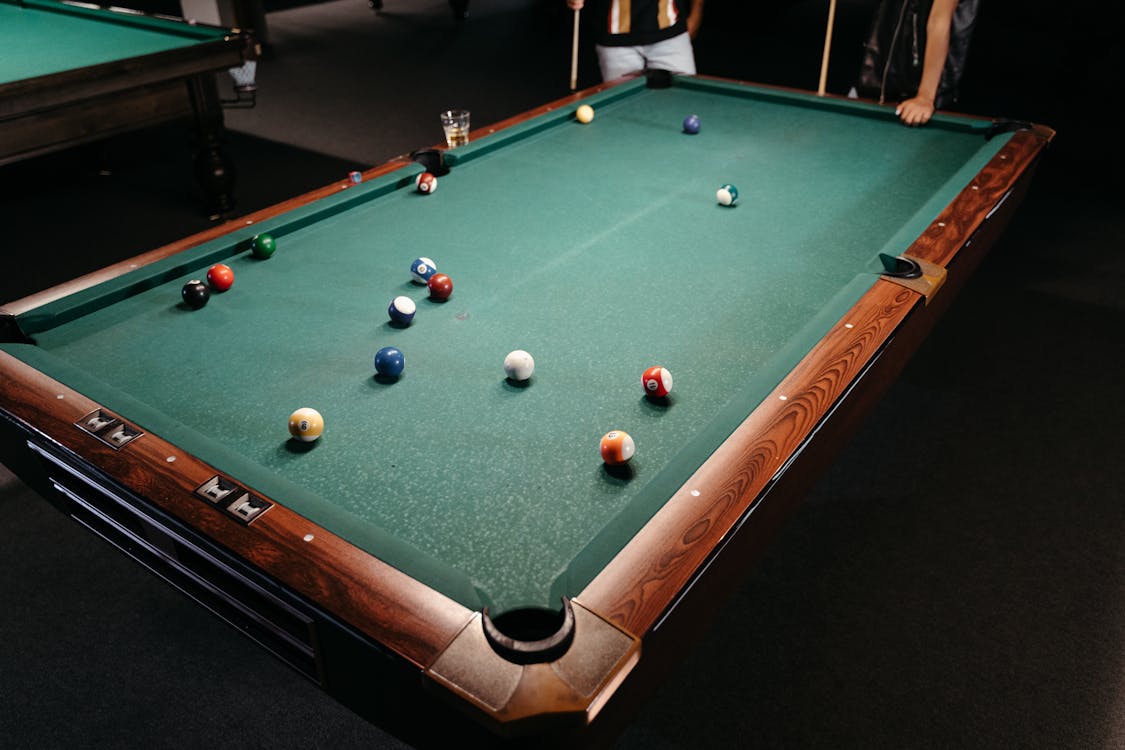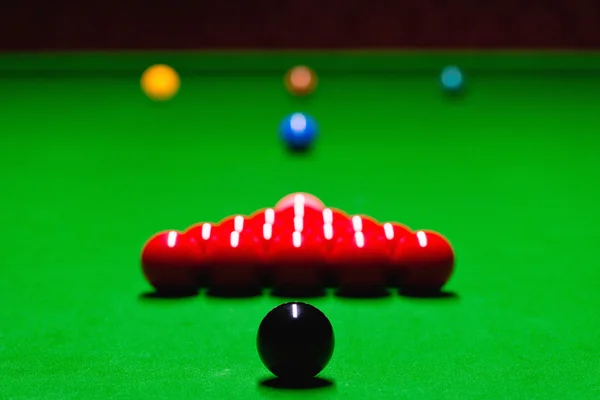The History and Evolution of Billiards
Billiards, often referred to as pool, snooker, or carom, is a sport with a rich and fascinating history that spans centuries. It has evolved from its origins as a lawn game to one of the most popular indoor sports in the world, enjoyed by millions recreationally and professionally. In this article, we will trace the development of billiards from its early beginnings to its current status as a global sport, highlighting key milestones in its evolution.
1. The Origins of Billiards
The roots of billiards can be traced back to the 15th century in Europe. The game is believed to have evolved from outdoor games like croquet, where players used wooden mallets to hit balls into a designated target area. The transition from lawn games to indoor games likely occurred during the winter months, as people sought ways to play similar games indoors. By the late 1400s, a version of billiards was played on a wooden table, with balls struck by a cue stick.
The first documented mention of billiards comes from France in the 1470s. The French King Louis XI is said to have been a fan of the game. Early versions were simpler, with players using a wooden mallet to strike balls across a cloth-covered table. This early form of billiards was quite different from the modern game, with no pockets and limited rules.
2. The Development of Billiard Tables
By the 16th century, billiards had become popular among the European aristocracy. French and English nobility were especially fond of the game, which was seen as a sophisticated pastime. Billiards tables during this time were typically long, rectangular pieces of wood covered with green cloth to resemble grass. Initially, there were no pockets in the tables—players aimed to score by hitting the balls into specific areas or zones of the table.
In the 17th century, the game underwent significant changes. The introduction of the cue stick (replacing the earlier use of a mallet) allowed for greater precision and control. The addition of pockets into billiards tables in the 17th century marked another major milestone. This innovation is attributed to the French, who began to create tables with pockets placed at the corners and sides, similar to modern pool tables.
3. The Emergence of Different Versions
Billiards quickly spread throughout Europe, and by the 18th century, several variations of the game had emerged. Some of the most notable forms include carom billiards, snooker, and pool.
Carom Billiards: In the early 19th century, carom billiards became a prominent form of the game. Played on a table without pockets, the objective of carom billiards is to strike both of the opponent's balls (or the two balls on the table) with one shot, a move called a "carom." This version of billiards focused heavily on skill and strategy, with players needing to master complex techniques such as "massé" and "English" (the ability to spin the ball).
Pool: In the early days of billiards, the term "pool" referred to any form of billiards played on a table with pockets. Over time, eight-ball pool and nine-ball pool emerged as specific formats. The game of eight-ball, played with 15 object balls and a cue ball, became popular in the United States in the late 1800s. Pool, which involves sinking balls into the pockets, quickly gained popularity, especially in bars and saloons, becoming a widely accessible game for the masses.
Snooker: The game of snooker originated in the late 19th century in England, created by British Army officers stationed in India. The sport was initially a variation of pyramid pool but evolved into its own distinct game. Snooker is played on a larger table with 21 colored balls and a cue ball. The goal is to pot the balls in a specific order, with players alternating between red balls and colored balls. Snooker became a major competitive sport by the 20th century, particularly in the United Kingdom, and remains a global staple of professional billiards.
4. The Professionalization of Billiards
The 20th century marked the rise of professional billiards, with the establishment of global competitions, formalized rules, and organized tournaments. The World Snooker Championship, first held in 1927, became the pinnacle of competitive snooker, attracting top players from around the world.
In the United States, pool became particularly popular, and tournaments like the World Pool-Billiard Association (WPA) World Nine-Ball Championship were established. Legends like Willie Mosconi, a 15-time World Champion in pool, helped elevate the sport to new heights of popularity in the mid-20th century.
The professionalization of billiards coincided with the increased popularity of televised sports, particularly in the 1970s and 1980s, which brought billiards into the homes of millions of viewers. The high skill levels and intense drama of professional tournaments made it an appealing spectator sport.
5. Technological Advances and Global Reach
Billiards continued to evolve in the latter half of the 20th century, with new technologies and innovations helping to improve the game. For example, more durable materials, such as modern cloth for tables and synthetic balls, became widely used, replacing the traditional leather and ivory materials.
The advent of digital technology also played a role in the sport’s expansion. Online platforms and video games, such as Virtual Pool and World Snooker, allowed fans to experience billiards in a new, interactive way. These advancements helped attract a younger generation of players, furthering the sport’s global appeal.
Today, billiards is played in almost every country, with millions of enthusiasts and professional players. The sport has diversified into several different formats, including carom billiards, pool, snooker, and even creative variants like pocket billiards and three-cushion billiards.
6. Billiards in Popular Culture
Billiards has also cemented its place in popular culture, with films, television shows, and books depicting the sport. Movies like The Hustler (1961) and The Color of Money (1986), starring Paul Newman, helped popularize pool in American culture. These films, alongside numerous others, captured the drama and complexity of the sport and attracted a new generation of fans.
Moreover, billiards is a popular social activity, often played in pubs, clubs, and recreational centers. Its enduring appeal as a casual pastime and competitive sport ensures its continued relevance today.
7. Conclusion
The history of billiards is a story of continuous evolution, from its humble beginnings as a lawn game in the 15th century to its status as a professional sport with millions of followers worldwide. Throughout the centuries, the game has adapted and transformed, giving rise to various forms like pool and snooker, each with its own distinct appeal and skill requirements. Today, billiards continues to thrive, maintaining its cultural significance and attracting new generations of players and fans alike. With its rich heritage, complex strategies, and accessible nature, billiards is set to remain a beloved and influential sport for many years to come.




